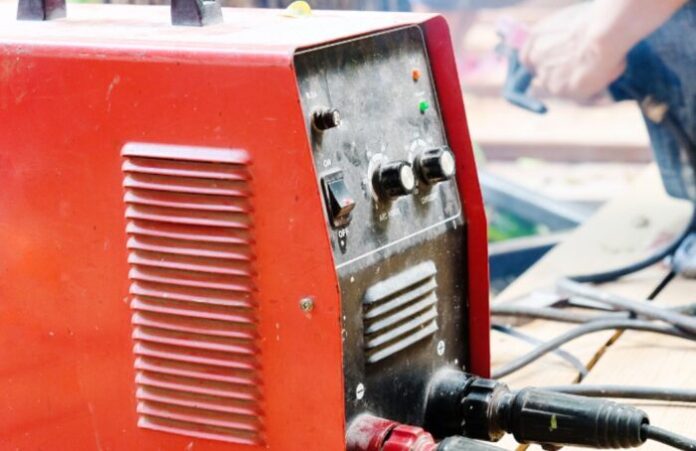In any industry, there are many accidents or incidents that take place due to human error. Even in fields like aviation, human error is said to be the cause of 80 percent of the accidents and incidents that occur.
When we talk about working with machines, it goes without saying that there are numerous things that have to be done for a safe and effective functioning. However, as we are humans and we tend to make mistakes. It is how we try to avoid these mistakes that count.
While performing welding some mistakes can’t be afforded. During any welding operation, if there are some mistakes, it can harm the entire job. Some errors might even cause injuries or accidents.
The accidents and incidents occur mainly because some factors are neglected and appropriate precautions are not taken. For welding you need to ensure that there is no room for mistakes to avoid any undesired results.
Accidents and injuries are not the only adverse outcomes of mistakes, damage in the welded product, issues with the material or some problem for the machine can also occur. If the problem to the machine is major, overhaul or repair of the welding machine may be required. All this can be prevented to a good extent if we take care while working. You can visit MeltingTogether to repair the welding machine.
Today we will discuss the mistakes that should not be made or should be avoided while working on a welding machine. Below we are mentioning what all factors you need to take care of. Let’s check them out.
1. Neglection Of The Safety Precautions
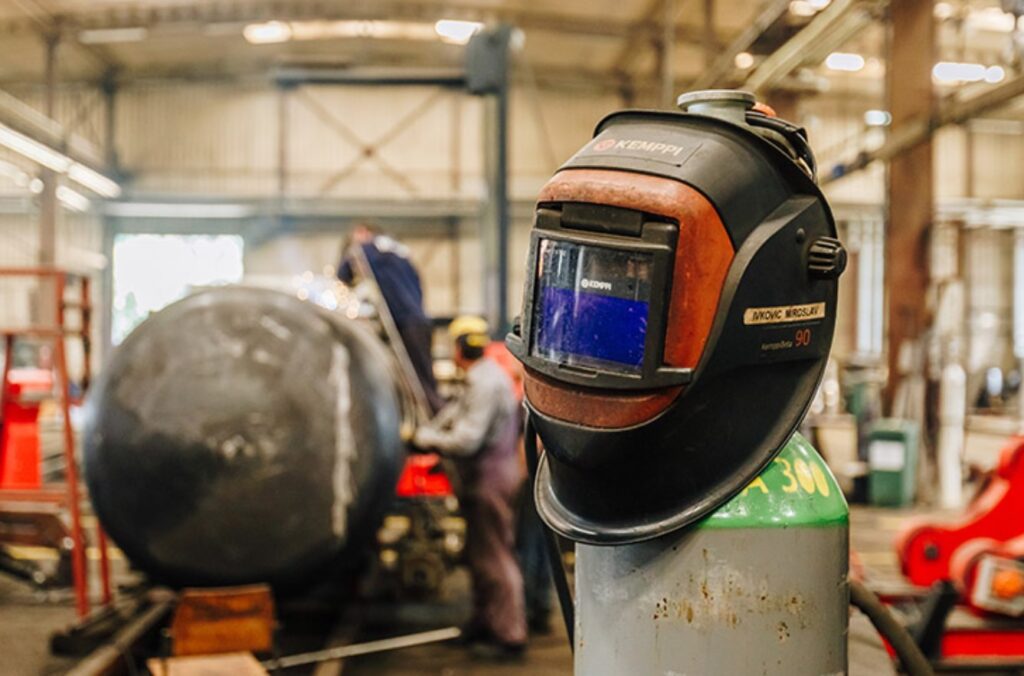
While working on not just a welding machine but any kind of machinery, safety is a factor that cannot be neglected at any cost. All these machines you work on are hazardous. They work on such high speeds, high temperatures and high pressure.
Most of the injuries that occur are due to lack of safety precautions. For any work that is carried out on a welding machine or any such machine, the safety of the worker must be the very first priority.
The reason why should hold safety in the first place is that any injury caused could be treated or some may be very dangerous. Any problem with the material or if the job is not done with the most accuracy, leads to redoing the assignment. However, if there is any harm to the worker, the damage can be irreversible.
Some of the hazards include dangerous burns, dismemberment, problems in eyesight or in extreme cases even loss of sight, problems in hearing or loss of hearing. All these hazards or damages can not be reversed at any cost. So, to prevent all this, safety precautions are a must.
The safety precautions that should be practiced are as follows,
- Safety glasses: The use of safety glasses prevents any harmful rays or any debris like some spatter or small material getting into your eyes.
- Ear protection: Welding can be really loud that it may damage your ear. Using ear protection is essential to prevent any hearing damage.
- Tight clothes and helmet: During welding it is the primary need to be wearing a helmet specially designed for the purpose. Wearing loose clothes may increase the possibility of it getting stuck in some part of the machine.
- Safety Shoes: Welding deals with metals and any of it falling on your feet it is very dangerous. The use of safety shoes is a must while working on any machine.
2. Lacking In Preparation
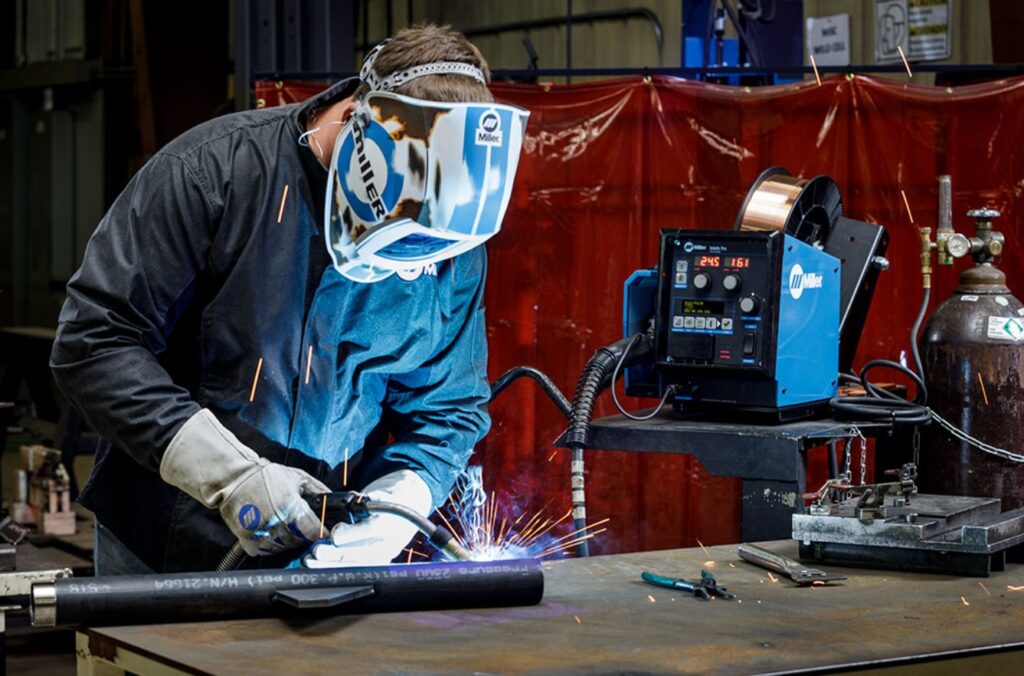
Preparation includes getting things at the right place. Before welding, your welding material should be adequately cleaned and should be ready for welding. When the piece is not cleaned enough or grinding is not done properly, it affects the strength of the material and may lead to cracking.
Not all metals need a thorough cleaning but if required it should be well cleaned before you start the welding. If your preparation is done well the damage to the material can be prevented.
3. Mishandling Of The Machine
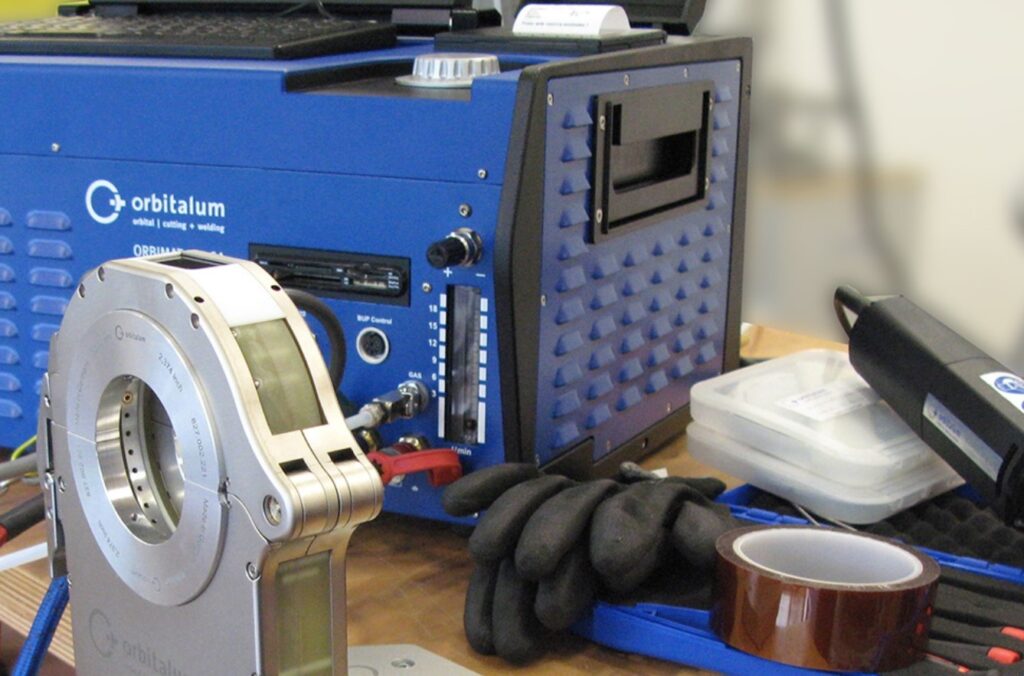
The most common issues occur when there is mishandling with the machine. Generally this happens when the person operating that machine does not have adequate knowledge about the machine and the welding process.
If any part of the machine is not handled as desired, there can be harm to the worker as well as the machine. For this to not happen, it is incredibly essential to have well trained personnel to perform the operation.
The welding process may seem easy but it requires a lot of practice handling the machine. So, ensure that the one who works on the machine is well equipped with enough knowledge and thorough practice to perform welding.
4. Neglecting The Material Thickness
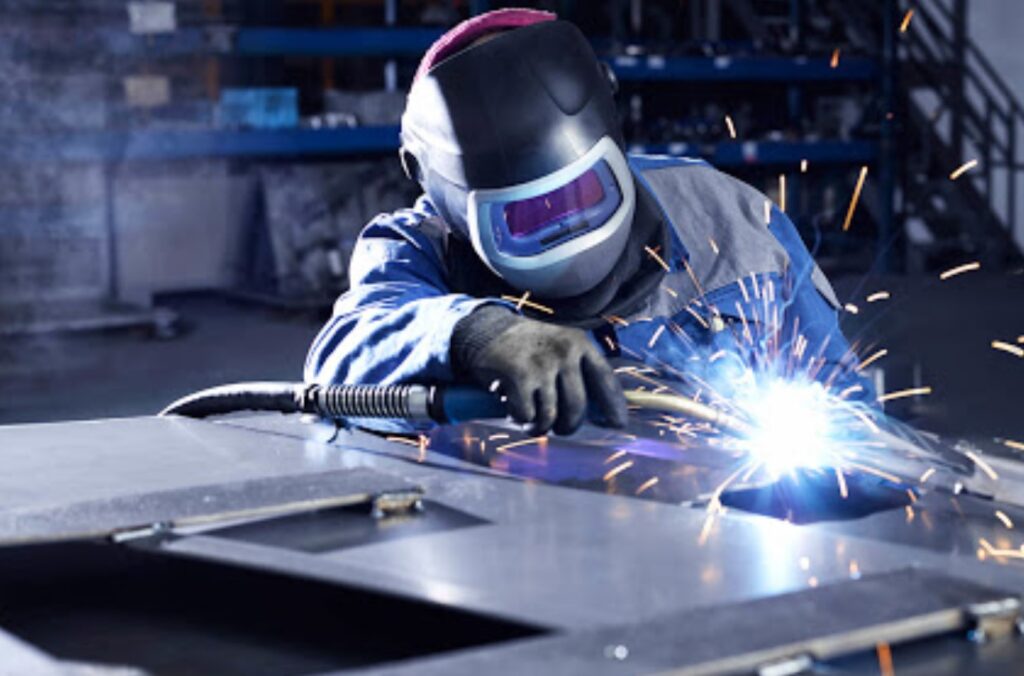
The welding done on a piece of metal differs from thickness to thickness. Comparatively thinner pieces of metal can undergo welding in one go without any issue. On the contrary, thicker pieces of metal need to undergo welding repetitively for a couple of times.
This is done to ensure that the welded pieces are bonded together firmly. If in case the thickness of the material is neglected or ignored, the bond may not be strong enough and the material may wear out or start cracking after a certain period.
So, always pay attention to the thickness of the material to be welded and then carry out the process accordingly.
5. Selecting The Wrong Voltage And Feed
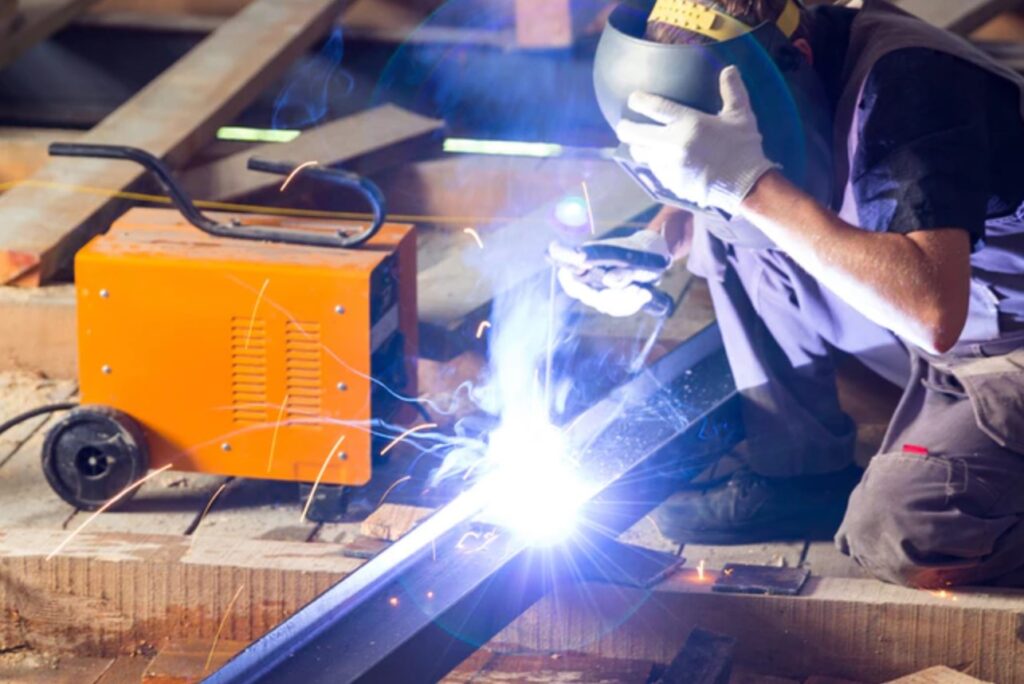
As we know welding machines use electric current to generate heat. Selecting the appropriate voltage is necessary as if the voltage is too high that will lead to overheating and that is the last thing you want.
Right feed, depends on the material that differs. If the feed is not enough, the penetration wouldn’t be as required and if it is excessive, it may damage your material.
So, an adequate amount of feed and voltage need to be selected to avoid any undesirable results. When we take precautions the machine, material and the worker all are safe.

